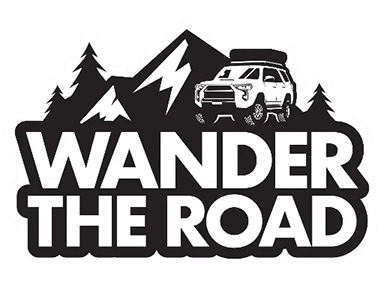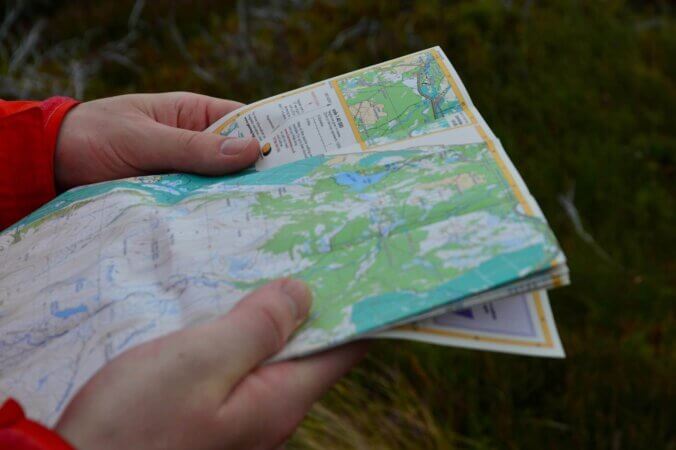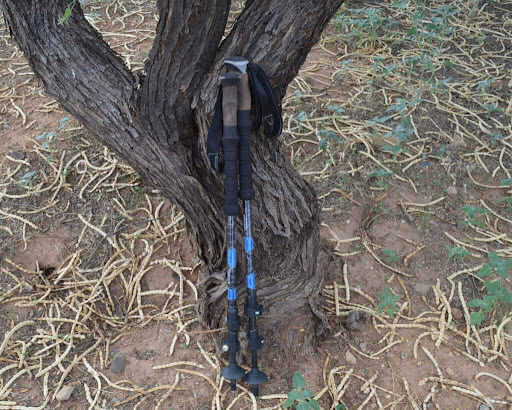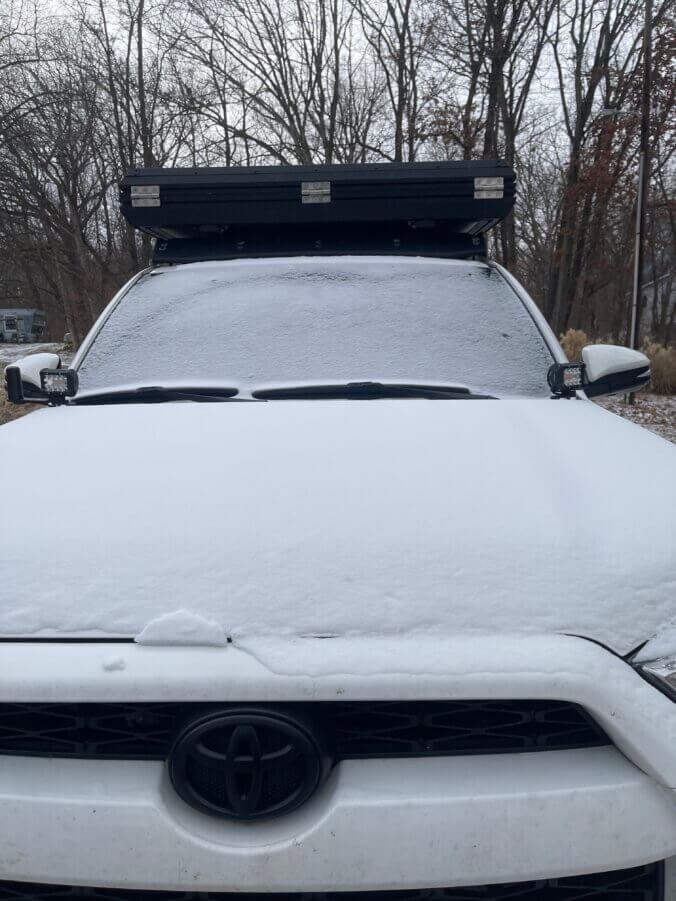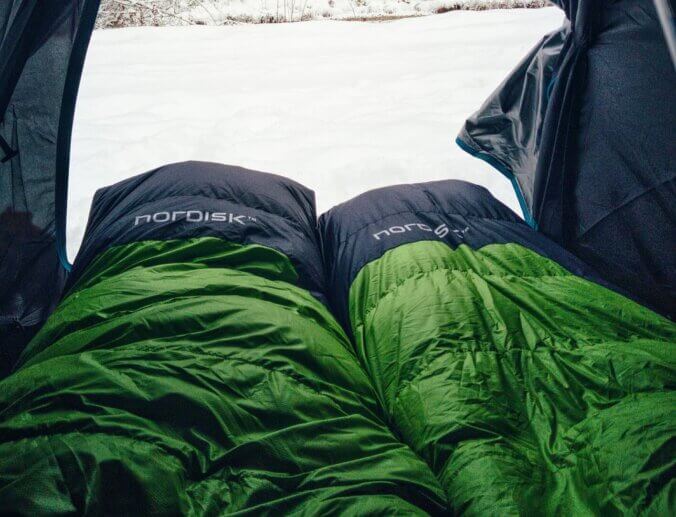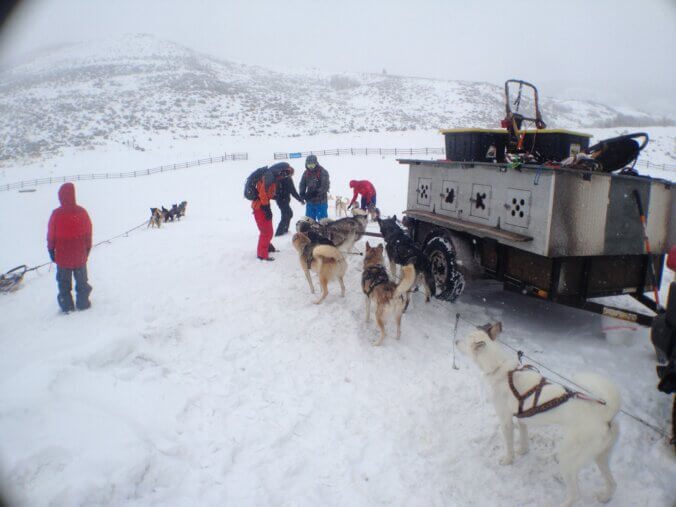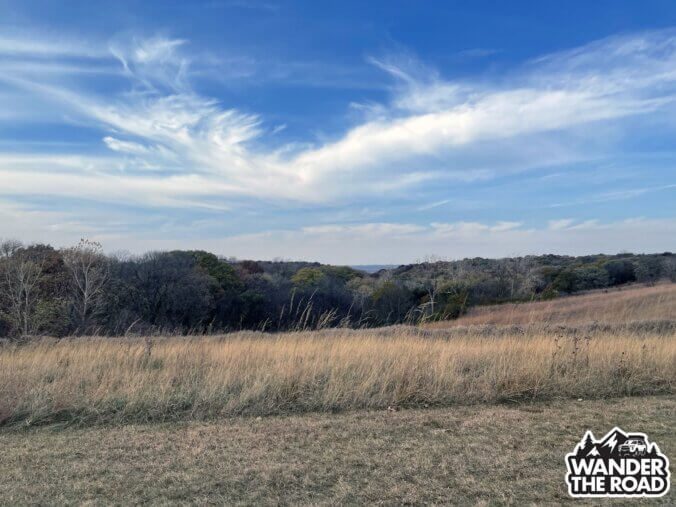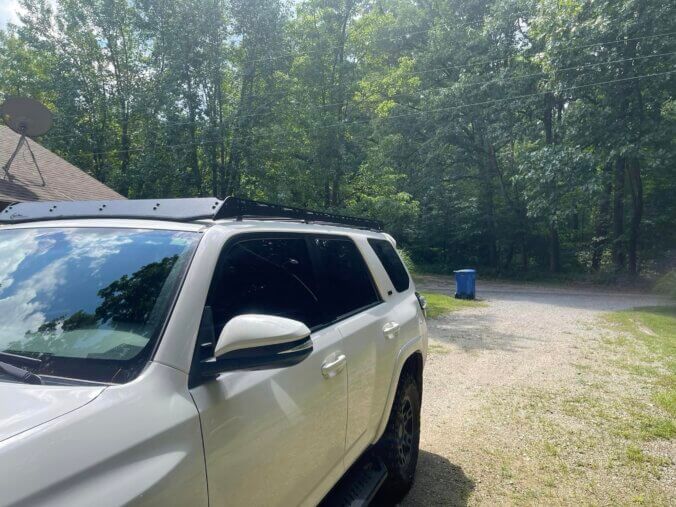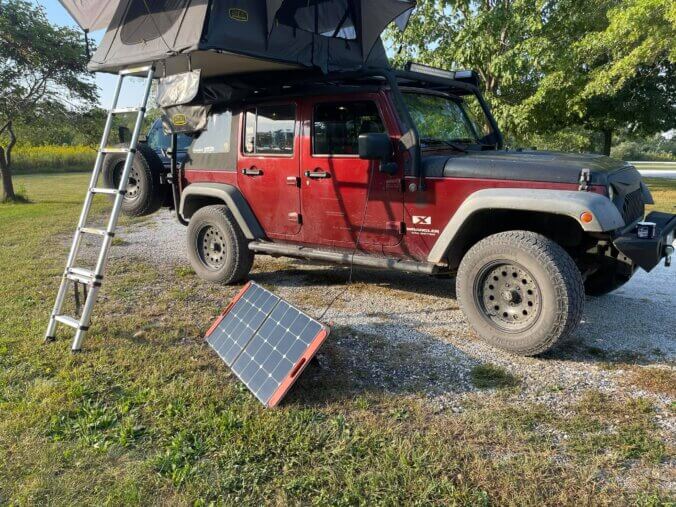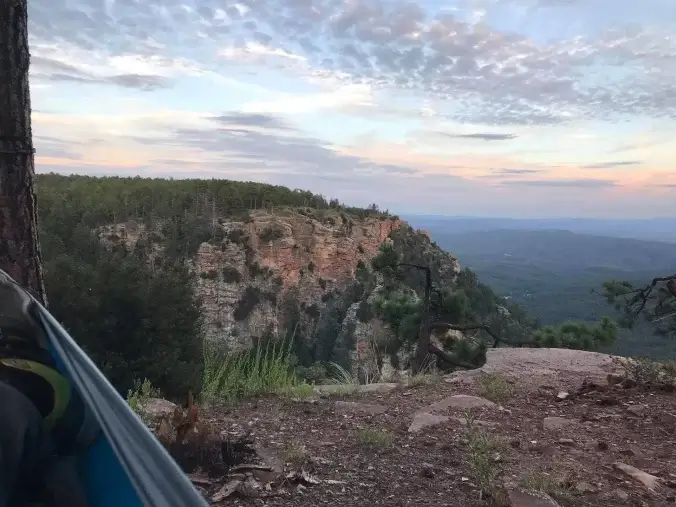How many times have you gone out hiking, camping, backpacking, or really any adventure and everything went as planned? If your luck is anything like mine that number is very very low. As an Eagle Scout my training even as a young Cub Scout has helped me out of some strange and crazy situations over the years. Looking back on my Scouting skills and training I have put together a list of Scout skills that every backpacker should know.
Page 2 of 5
Trekking poles can be a huge help while hiking. They can help you keep your balance and help keep your muscles and joints from the wear and tear of hiking. I personally find them to be very useful and use them on day hikes as well as week-long backpacking trips. Most of my backpacking gear is purchased because it can be used for several uses which help keep pack weight down by requiring fewer items in my kit. When I talk about products being multi-purpose you might be asking how can trekking poles be used in other ways than just being a “walking stick”. I have created a list of ten ways you can use your trekking poles for more than just walking.
1. Shelter
If you have a raincoat (poncho) or a tarp you could build a shelter using your trekking poles as part of the structure to keep you out of the elements. It does not take much to create a very basic lean-to shelter to get out of the elements. It might not be pretty looking and might not be the best-constructed building but even the slightest barrier helps. There are also many tarp shelters or even tents on the market today that require the use of trekking poles to set up.
2. Depth or Stability Gauge
No matter the season there are times when you might need to gauge the depth of something. You can use your trekking pole(s) to gauge how deep water is to make sure that the water could be safely navigated through and to keep your boots dry when crossing. You can check to see how deep the snow or muck is when crossing an area that you do not feel comfortable with the crossing.
Poking and prodding rocks, logs, and other questionable places can help keep you from losing your footing. This could cause you to go crashing to the ground or into a stream. Using your poles to find the safest path is an easy way to save you time and effort in both calm and stressful times.
3. Animal deterrent
One never knows what kind of animals or bugs they might run into on the trail. If you like to get up and hiking early in the morning you might end up using your trekking poles to clear the trail of any unwanted spider webs. They can also be used to raise above your head and waved around as if they are an extension of your arms. This is to scare away bears and other predatory animals such as dogs and mountain lions as long as you are not swinging it directly at them or trying to fight them off as if your trekking poles are swords.
4. Laundry
Clean clothes can be a luxury on many an extended backpacking trip but maybe a luxury that is easier to accomplish with the help of your trekking pole(s). You can wrap your wet clothing around the trekking pole pulling it as tight as you can wringing out the water to help dry your clothing faster. You can also use your trekking poles to construct a clothesline when there are no trees to use. The possibilities are endless on how you can use them for laundry and your creativity is your limit.
5. Splints
In the event of an emergency, you can create a splint to help set your own or someone else’s leg or arm to prevent further injury. With simple materials such as your trekking poles, shoelaces, belts, rope, and nylon backpack straps you can create a splint to help create mobility for an injury and help keep someone from getting injured even further. We are not going to teach you how to do this as it is advised to take a wilderness first aid or first aid course to learn the proper splinting methods.
6. Communication
Trekking poles can be used to help create signals to communicate or to help during an emergency. Many hikers choose to hike at different paces than their trail partners and leaving a trekking pole as a pointer to be picked up can help show where you are camping for the night. You can also use a trekking pole like a giant pencil to write a note into the dirt or mud when needed.
Holding your trekking above your head in the shape of an X can tell someone to stop or do not come this way. It can also signal come help immediately. If you are hiking with a group or a partner make sure to discuss with them the meanings of your pole usage to ensure everyone uses the same messages.
7. Help carry gear
If you are in need to carry some extra gear or someone is unable to carry their own gear it can be very helpful to build either a sled or a platform for multiple people to carry gear. Using your scouting and survival knowledge of knots and lashings to build a sled or platform can be very quick and easy to make. While one trekking pole will not be able to carry a very heavy load on its own however several working together will hold a surprising amount of weight.
8. Create a stretcher
Very similar to creating a gear carrier you can use a sleeping bag and your trekking poles to create a stretcher in the event of an emergency where you will need to carry someone to an extraction point or to safety. To learn the proper way to create a stretcher visit your local library to find a Scout Handbook or a wilderness survival book for proper instructions.
9. Fishing pole
Many of the emergency kits we carry have a fishing line and a fishing hook. Have you ever thought about using those items in a non-emergency situation? Finding yourself next to an alpine lake and wanting to fish but did not bring all the proper gear can be solved by using your emergency kit fishing gear and your trekking pole. It is not the fanciest of setups but it might land you a nice dinner. This tactic can also be used in emergency situations. (If you plan on fishing make sure you have the proper permits.)
10. Selfie Stick
Sometimes your arms are just not long enough. Using your trekking pole as a selfie stick can be an easy lightweight way to document your adventures. Many first-person action cameras such as the GoPro brand come with mounts that can be easily adapted to work with trekking poles. For those of you with standard cameras could use something like the StickPic. A SticPic is a handy lightweight device that allows you to mount a camera on the end of your trekking pole quickly and easily. They work great or smaller cameras with the standard tripod mount and many different types of trekking poles.
How else have you had to use your trekking poles in normal everyday situations or emergency situations?
Ready to dive into your next outdoor escapade? Whether you’re a seasoned camper or a budding overlander, one critical aspect that can make or break your experience is water storage. Proper hydration is key to a safe and enjoyable journey. Let’s dive deeper into the essentials of water storage for your outdoor adventures.
Welcome to another journey with us at Wander the Road! As the mercury dips and snow blankets the landscape, it’s not just about cozy fires and hot cocoa; it’s also crucial to ensure your vehicle is winter-ready. Let’s dive into the essentials of winter vehicle maintenance to keep your adventures safe and uninterrupted, even in the harshest of winters.
Meta Description: Uncover the secrets to a cozy night’s sleep while camping with our guide on choosing the right sleeping bag. Learn about down vs. synthetic options, especially when wet, and find trusted resources for your next adventure.
Embracing the great outdoors during winter can be an exhilarating experience, but it also poses unique challenges, especially when it comes to staying warm. Whether you’re setting up a campsite amidst snow-clad trees or hiking through frosty trails, the right clothing strategy is crucial for your comfort and safety. This blog post delves into the art of layering and the best materials for winter camping and hiking apparel.
Iowa’s newest state park, Blackburn State Park, lies 3 miles northeast of Thurman. William R. (Bill) and Sara Blackburn generously donated a large parcel of land in 2019, resulting in the establishment of this 72-acre park. Bill, who has roots in the area, traces his family history back to 1840 when his ancestors settled in the Loess Hills area.
Continue reading
I am sure you have either seen an overlanding rig by now, either in the wild or on some social media post. They have a rooftop tent and a ton of gear strapped to the outside of the vehicle. While they look cool, you must ask yourself what happens if an unseen force suddenly stops that vehicle and what happens to all that gear. I try to keep as much gear inside the vehicle as possible and keep things as hidden / stealthy as possible. Since my rig is also my daily driver, I do not want to give people a reason to explore the goodies inside. Tips on how to do that will come in a future post. We are talking about Roof Rails today and why you need to know what you have before strapping hundreds of pounds of gear to them and the related safety issues.
The weekend is coming, and we’re preparing for a trip. Time to load up the adventure mobile and hit the road. Car camping is fun, and having ample gear space is convenient. But do you know your vehicle’s weight limit? Most people won’t come close to that weight, but what about when you load up the family, dogs, and gear? And what about all the gear on the roof rack? Is it safe if you’ve added tents, racks, and accessories? I’m not an expert on the subject, but I’ve spoken to professionals and researched specifically for my vehicle. Consult a professional if you have safety concerns or questions about your vehicle.
It is Wednesday again, and it is that time when I share another place I have enjoyed along my travels with you. While this “location” is more of an area than a physical spot, it is well-known by those who spend time in or live in Arizona.
The Mogollon Rim is located just outside Payson, Arizona shares dramatic views that rival the Grand Canyon. This naturally formed geographic feature spams 200 miles from Yavapai County, Arizona, into New Mexico. The central section of the rim is described as having highly eroded cliffs of limestone and sandstone that have been dramatically cut through the centuries. With most common elevations between 4,000 and 5,000 feet on average, some areas rise well over 8,000 feet. Dramatic views with sheer dropoffs to the valleys below are incredibly stunning.
